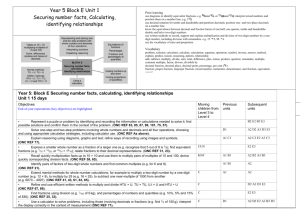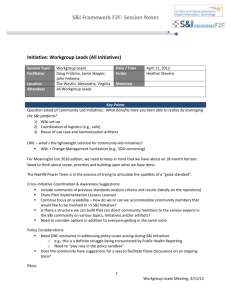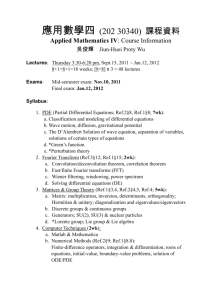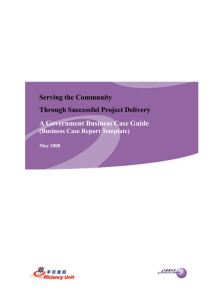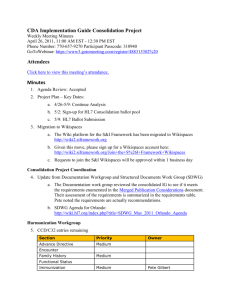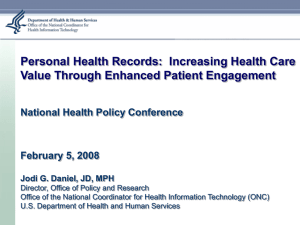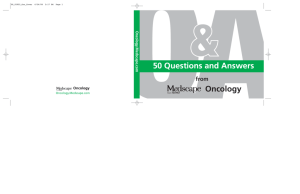Year 4 Block A Unit 1
advertisement
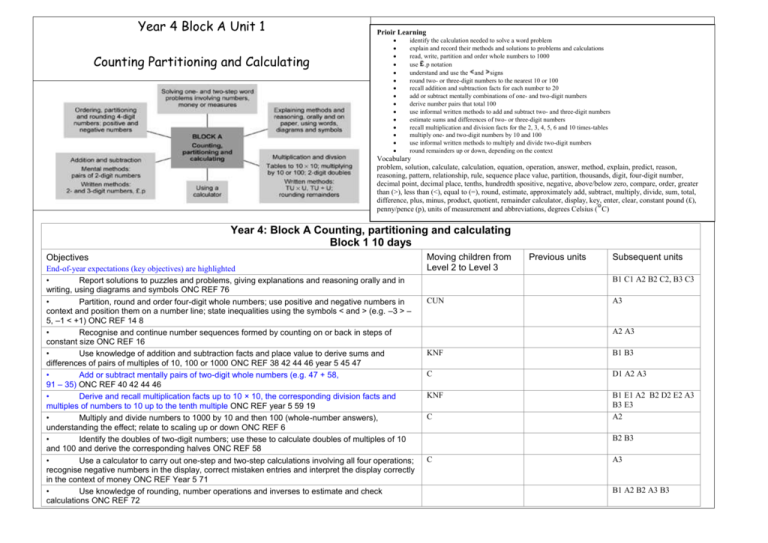
Year 4 Block A Unit 1 Counting Partitioning and Calculating Prioir Learning identify the calculation needed to solve a word problem explain and record their methods and solutions to problems and calculations read, write, partition and order whole numbers to 1000 use .p notation understand and use the and signs round two- or three-digit numbers to the nearest 10 or 100 recall addition and subtraction facts for each number to 20 add or subtract mentally combinations of one- and two-digit numbers derive number pairs that total 100 use informal written methods to add and subtract two- and three-digit numbers estimate sums and differences of two- or three-digit numbers recall multiplication and division facts for the 2, 3, 4, 5, 6 and 10 times-tables multiply one- and two-digit numbers by 10 and 100 use informal written methods to multiply and divide two-digit numbers round remainders up or down, depending on the context Vocabulary problem, solution, calculate, calculation, equation, operation, answer, method, explain, predict, reason, reasoning, pattern, relationship, rule, sequence place value, partition, thousands, digit, four-digit number, decimal point, decimal place, tenths, hundredth spositive, negative, above/below zero, compare, order, greater than (>), less than (<), equal to (=), round, estimate, approximately add, subtract, multiply, divide, sum, total, difference, plus, minus, product, quotient, remainder calculator, display, key, enter, clear, constant pound (£), penny/pence (p), units of measurement and abbreviations, degrees Celsius ( C) Year 4: Block A Counting, partitioning and calculating Block 1 10 days Objectives End-of-year expectations (key objectives) are highlighted • Report solutions to puzzles and problems, giving explanations and reasoning orally and in writing, using diagrams and symbols ONC REF 76 • Partition, round and order four-digit whole numbers; use positive and negative numbers in context and position them on a number line; state inequalities using the symbols < and > (e.g. –3 > – 5, –1 < +1) ONC REF 14 8 • Recognise and continue number sequences formed by counting on or back in steps of constant size ONC REF 16 • Use knowledge of addition and subtraction facts and place value to derive sums and differences of pairs of multiples of 10, 100 or 1000 ONC REF 38 42 44 46 year 5 45 47 • Add or subtract mentally pairs of two-digit whole numbers (e.g. 47 + 58, 91 – 35) ONC REF 40 42 44 46 • Derive and recall multiplication facts up to 10 × 10, the corresponding division facts and multiples of numbers to 10 up to the tenth multiple ONC REF year 5 59 19 • Multiply and divide numbers to 1000 by 10 and then 100 (whole-number answers), understanding the effect; relate to scaling up or down ONC REF 6 • Identify the doubles of two-digit numbers; use these to calculate doubles of multiples of 10 and 100 and derive the corresponding halves ONC REF 58 • Use a calculator to carry out one-step and two-step calculations involving all four operations; recognise negative numbers in the display, correct mistaken entries and interpret the display correctly in the context of money ONC REF Year 5 71 • Use knowledge of rounding, number operations and inverses to estimate and check calculations ONC REF 72 Moving children from Level 2 to Level 3 Previous units Subsequent units B1 C1 A2 B2 C2, B3 C3 CUN A3 A2 A3 KNF B1 B3 C D1 A2 A3 KNF B1 E1 A2 B2 D2 E2 A3 B3 E3 A2 C B2 B3 C A3 B1 A2 B2 A3 B3
